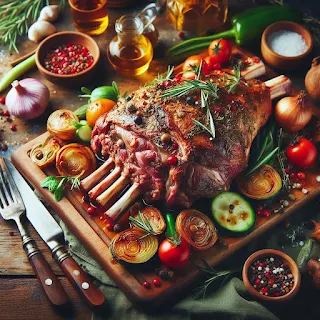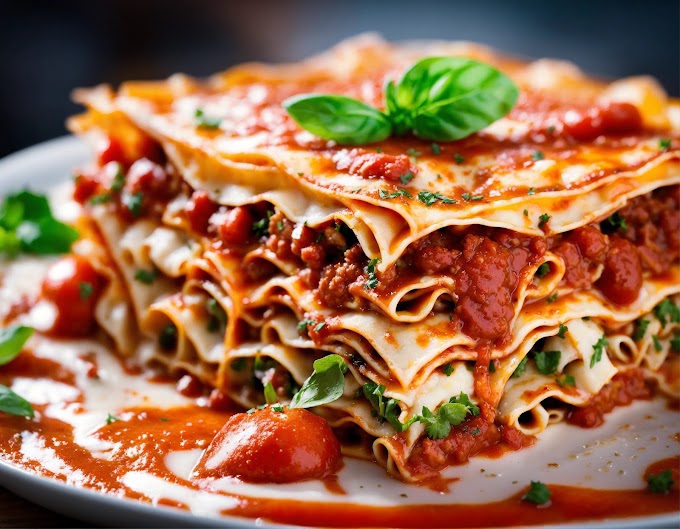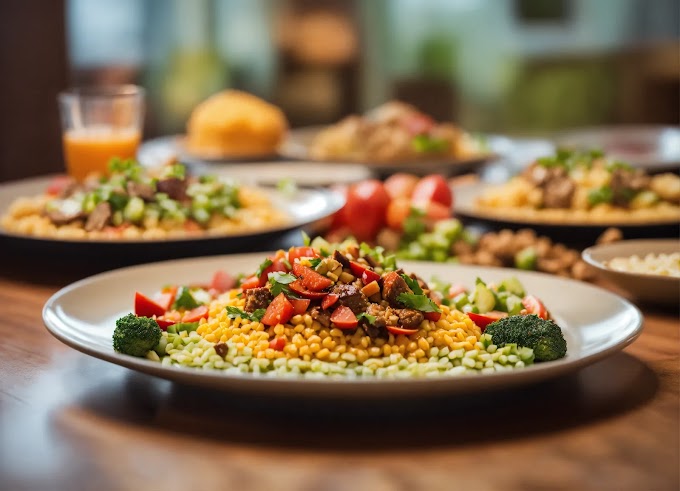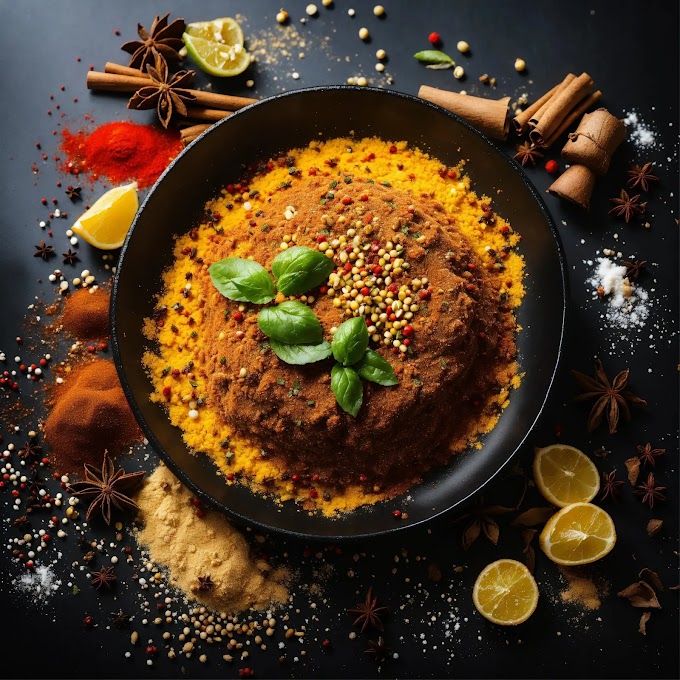Introduction:
Lamb shoulder, with its rich and succulent meat, is a cut that shines when prepared with care and creativity. In this detailed guide, we will delve into the art of crafting the perfect lamb shoulder—whether you choose to slow-roast, braise, or grill. From selecting the finest lamb shoulder to infusing it with aromatic herbs and spices, let's embark on a culinary journey that elevates this exquisite cut into a true masterpiece.
Selecting the Finest Cut: The Key to Exceptional Flavor: Choosing the right lamb shoulder cut is the foundation of a successful recipe. Opt for a bone-in lamb shoulder for enhanced richness and depth of flavor. Ensure the meat is well-marbled, as this guarantees a juicy and tender result. When possible, source your lamb from a reputable butcher to guarantee quality.
Preparing the Lamb: Infusing Flavor and Depth: Before the cooking process begins, properly prepare the lamb shoulder to maximize its flavor potential. Consider marinating the meat with a blend of herbs, spices, garlic, and olive oil. Allow the lamb to marinate for several hours or overnight to let the flavors meld and penetrate the meat deeply.
Slow-Roasting: Achieving Tender Perfection:
Slow-roasting is a classic method that transforms lamb shoulder into a culinary delight. Preheat your oven, sear the lamb to create a flavorful crust, then slow-roast at a low temperature. This process allows the fat to render, resulting in a melt-in-your-mouth texture. Basting intermittently enhances the succulence and infuses the meat with the chosen flavors.
Braising: Creating a Symphony of Tastes: Braising is an elegant technique that involves cooking the lamb shoulder in liquid, imparting a complex depth of flavor. Begin by searing the meat to build a rich foundation, then add broth, wine, or aromatic vegetables. Slow-cook the lamb until it achieves a fork-tender consistency, creating a dish that is both comforting and sophisticated.
Grilling: Infusing Smoky Brilliance: For those who relish the smoky allure of outdoor cooking, grilling lamb shoulder is a delightful option. Create a robust marinade or dry rub, sear the lamb over high heat to seal in juices, then slow-cook until it reaches perfection. The result is a harmonious marriage of smokiness and tenderness.
Conclusion: A Symphony of Flavor and Technique:
In conclusion, cooking the perfect lamb shoulder is an art that demands attention to detail, quality ingredients, and a passion for culinary excellence. Whether you choose the slow-roasted tenderness, the rich elegance of braising, or the smoky allure of grilling, lamb shoulder recipes offer a canvas for creativity and flavor exploration. So, embrace the challenge, savor the process, and let your culinary prowess shine. Happy cooking!
FAQs - Navigating Lamb Shoulder Culinary Adventures:
How long should I marinate the lamb shoulder?
- Marination time varies but, ideally, allow at least 4-6 hours, or overnight, to impart the maximum flavor. Longer marination periods enhance the taste.
What is the recommended internal temperature for cooked lamb shoulder?
- Aim for an internal temperature of 145°F (63°C) for medium-rare or 160°F (71°C) for medium. The meat should be tender but not falling off the bone.
Can I use a slow cooker for lamb shoulder recipes?
- Absolutely! A slow cooker is a convenient option. Sear the lamb first for flavor, then transfer it to the slow cooker with your chosen liquid or sauce. Cook on low for 6-8 hours or until tender.
Is it necessary to let the lamb shoulder rest after cooking?
- Yes, allowing the lamb to rest for 15-20 minutes post-cooking helps redistribute juices, ensuring a moist and flavorful result. Tent it with foil to retain warmth.
Can I freeze leftover lamb shoulder?
- Certainly! Freeze cooked lamb shoulder in airtight containers for up to three months. Reheat gently to preserve its tenderness and flavor.











Thank you for comments